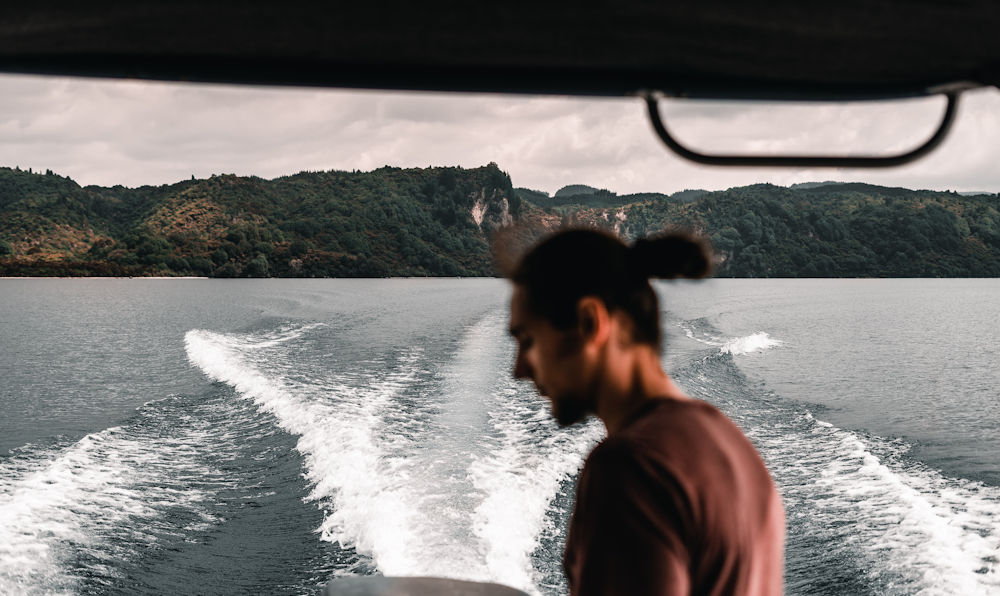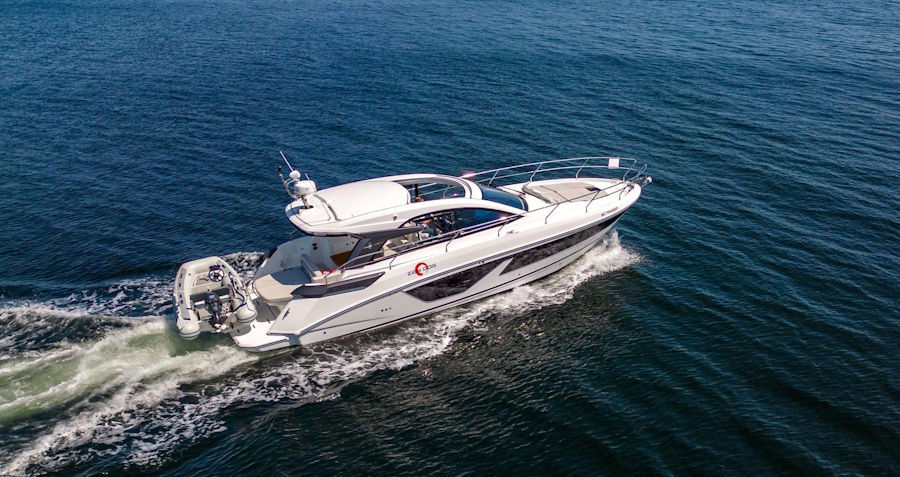How Do You Obtain a US Cruising Permit as a Canadian?
Here on Vancouver Island, boaters have the unique pleasure of being within cruising distance of numerous picturesque, watery destinations. The beautiful BC coastline is dotted with islands, coves, and untouched wilderness just waiting to be explored, plus the Washington coastline is just a few skipped rocks away.
There are several U.S. destinations within easy reach of the southern tip of Vancouver Island, including the San Juan Islands, Port Townsend, Whidbey Island, and various sheltered bays of Puget Sound.
Ready to head south? There are a few things you’ll need to get in order first.
Gather Information

Regardless of whether you’re entering the United States on land, in the air or over the water, you’re going to need appropriate paperwork. Travelling on a pleasure boat, everyone on board will need valid Western Hemisphere Travel Initiative (WHTI) compliant travel documents. This initiative is a U.S. law that simply requires Canadians to present a valid passport. As an alternative, you could also bring a NEXUS card or an Enhanced Driver’s License.
Along with identification and travel documents, it’s up to the boat owner or operator to gather information about the vessel itself. All information must be readily available, or you could be refused entry into the U.S.
Along with documentation for everyone involved, you’ll need the boat name, registration or documentation number, length and home port. You’ll also need a detailed list of your trip, including destination, purpose, and last foreign port of call, plus a list of all goods you have on board. If you’ve purchased a license in order to avoid reporting to U.S. Customs and Border Protection (CBP) – more on that below – be sure to have that handy too.
Cruising Permits & Licenses for U.S. Boating to the States

Before 2016, U.S. Customs required all Canadian vessels to purchase a user fee decal for around $27. But in 2016, CBP put new procedures in place. These days, Canadian vessels are no longer required to purchase a U.S. Customs user fee decal and can instead purchase a cruising license.
As a Canadian boat owner, the benefit of purchasing a cruising license is that you’ll be exempt from having to undergo formal CBP entrance and clearance procedures, except at the first CBP port of entry every year. As a result, these 1-year licenses are especially valuable for boat owners making multiple border crossings in a year.
Report to U.S. Customs and Border Protection

All Canadian boat owners and operators of pleasure boats must report to CBP immediately upon arriving in the United States. Everyone without a cruising permit will be required to file a formal entry and clearance each time they enter the United States, at which point you’ll file the appropriate paperwork and pay the applicable fees. This must be done within 48 hours of crossing the border at a port of entry.
While you’re at it, consider purchasing a cruising license. This license will allow you to make further border crossings later in the year without having to visit CBP each time to complete paperwork and pay fees.
Here is the press release from U.S. Customs and Border Protection:
U.S. Customs and Border Protection (CBP), Office of Field Operations announces new procedures that are coming to the inspection process for foreign flagged private boats. These procedures will be in addition to the reporting process currently in place. All operators of pleasure boats must report to CBP immediately upon arriving into the United States from a foreign port, place or location; or if they had contact with another vessel outside the U.S.; or if they have received merchandise outside the U.S. territorial waters. Foreign flagged pleasure boats must also make a formal vessel entry on CBP form 1300 within 48 hours after making their immigration entry at a port of entry and pay applicable fees. At the time of entry boaters may request a cruising license from the applicable CBP port director.
“The cruising license will greatly facilitate multiple entries during the year and avoid additional fees for boaters,” said Bellingham Port Director Diana Sandoval.
A cruising license may be available to boats departing from Canada and arriving in the Puget Sound area. A cruising license may exempt foreign flagged pleasure boats (from certain countries) from having to undergo formal CBP entrance and clearance procedures, except at the first CBP port of entry each and every year. Cruising licenses are normally valid for one year.
The operator of a foreign flagged or undocumented foreign pleasure boat without a valid U.S. cruising license must obtain CBP clearance before leaving a port, place or location in the U.S. to depart foreign or must obtain a permit-to-proceed if traveling to another port, place or location within the U.S.
The master, or operator of a foreign flagged boat not traveling under a cruising license will be required to file a formal entry and clearance each time they enter the United States, file the appropriate paperwork, and pay the applicable fees.
Foreign flagged boats traveling under a cruising license would not be required to purchase a CBP decal, which is currently $27.50, for the year.
For questions, please contact the Small Boat Reporting Line at 1-800-562-5943.
New to boating? Check out our basic boating lingo for beginners, plus our boat safety checklist.
Contact Van Isle Marina with any questions about entering the United States as a Canadian boater.
